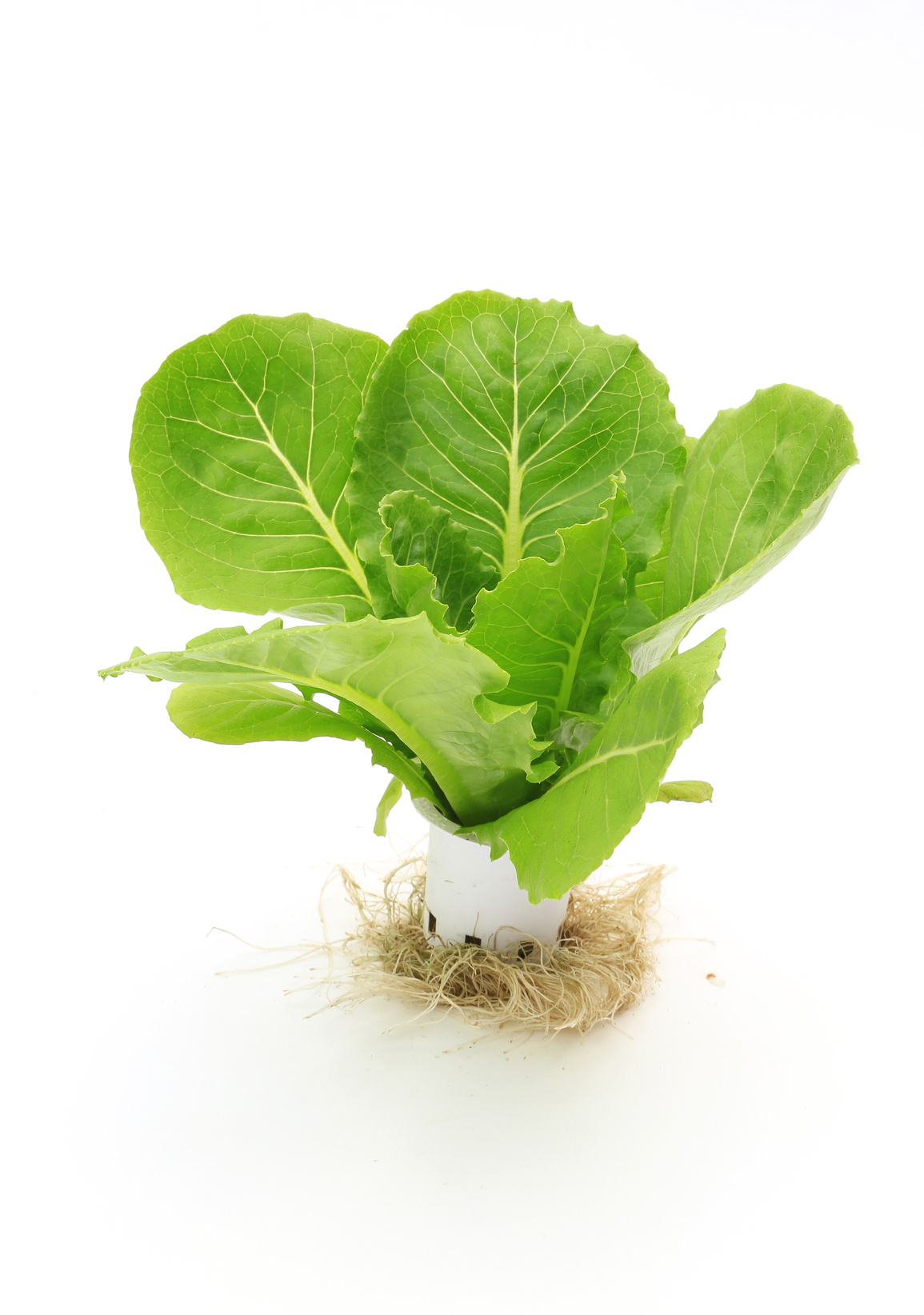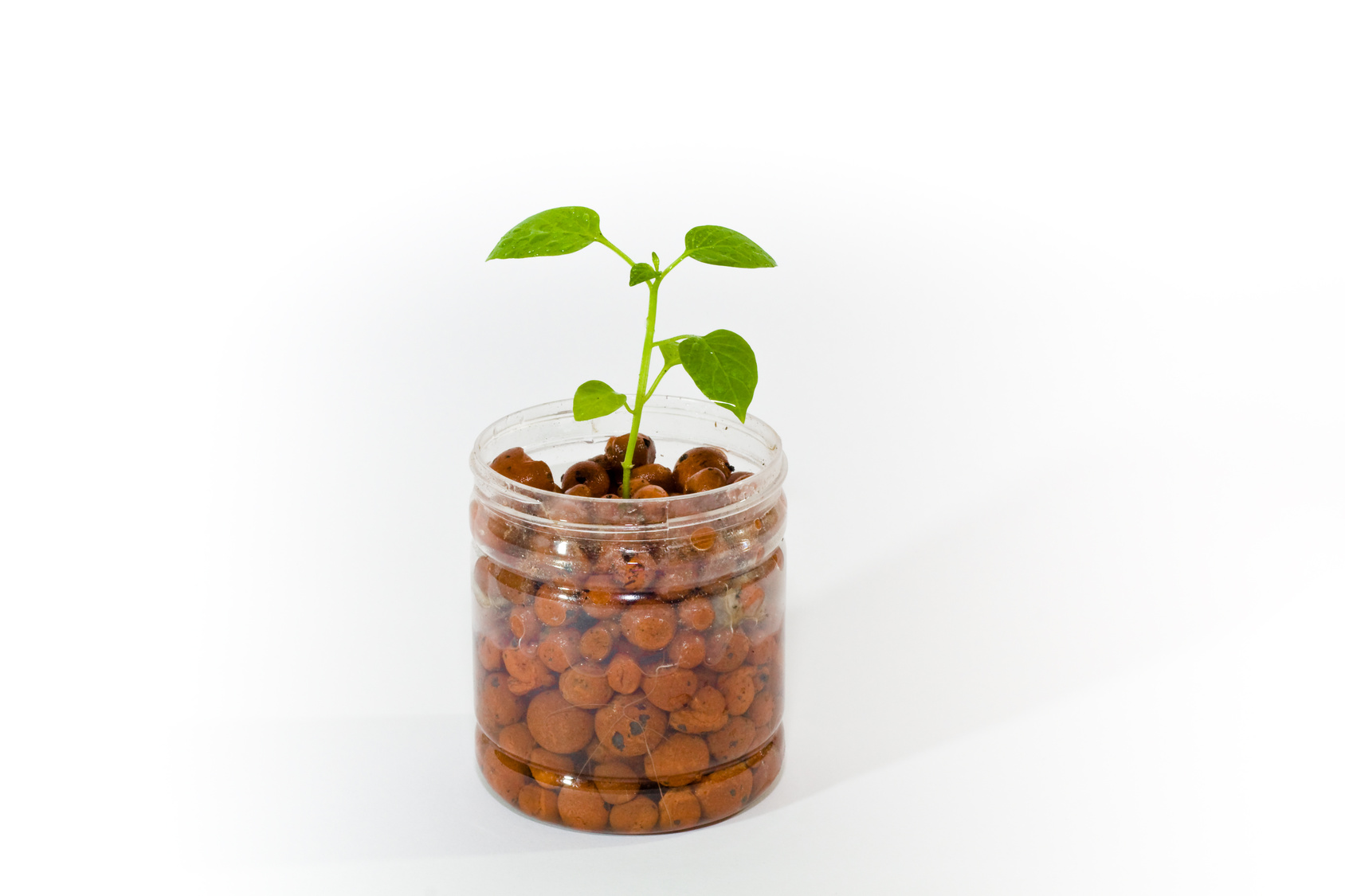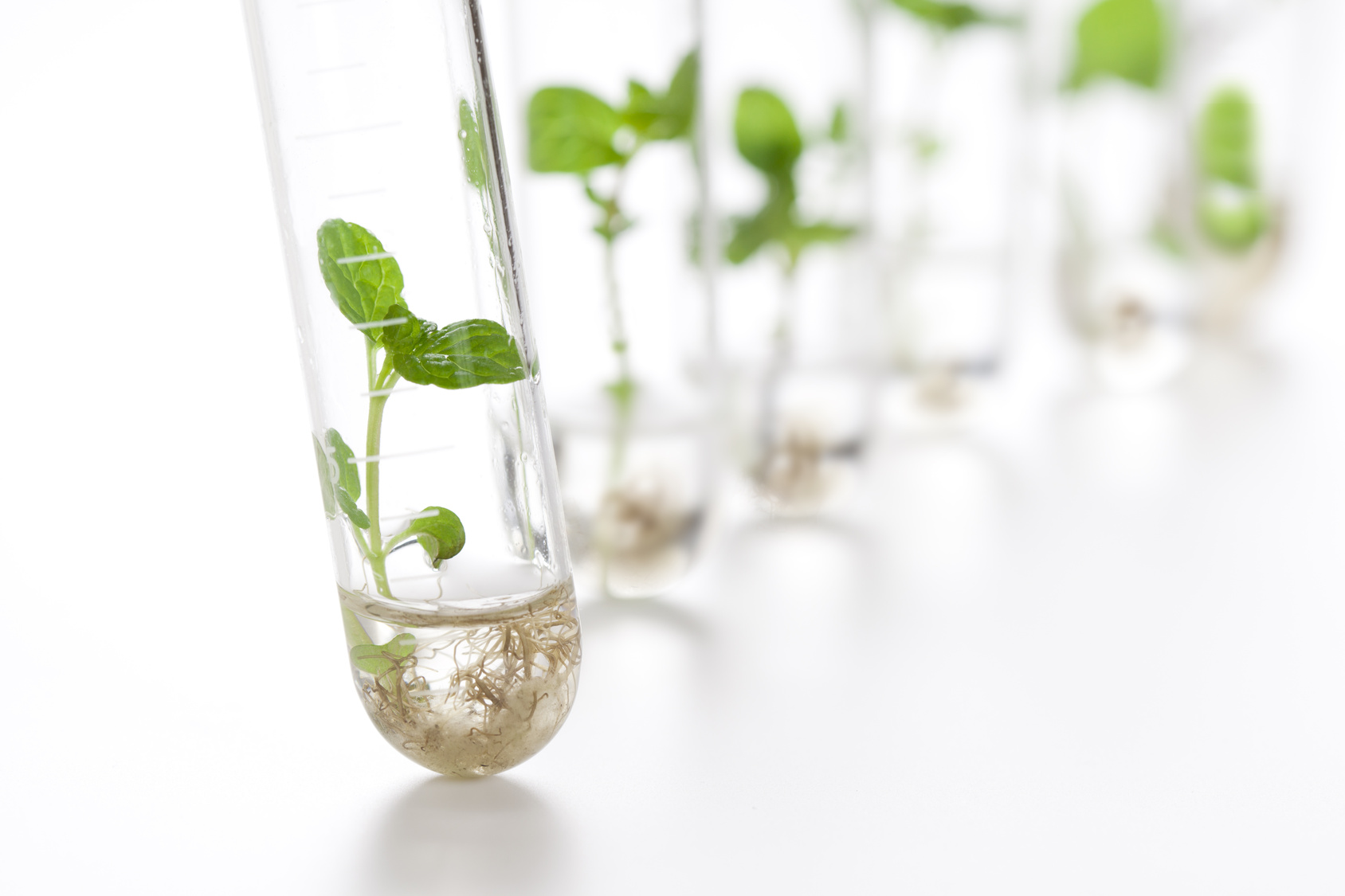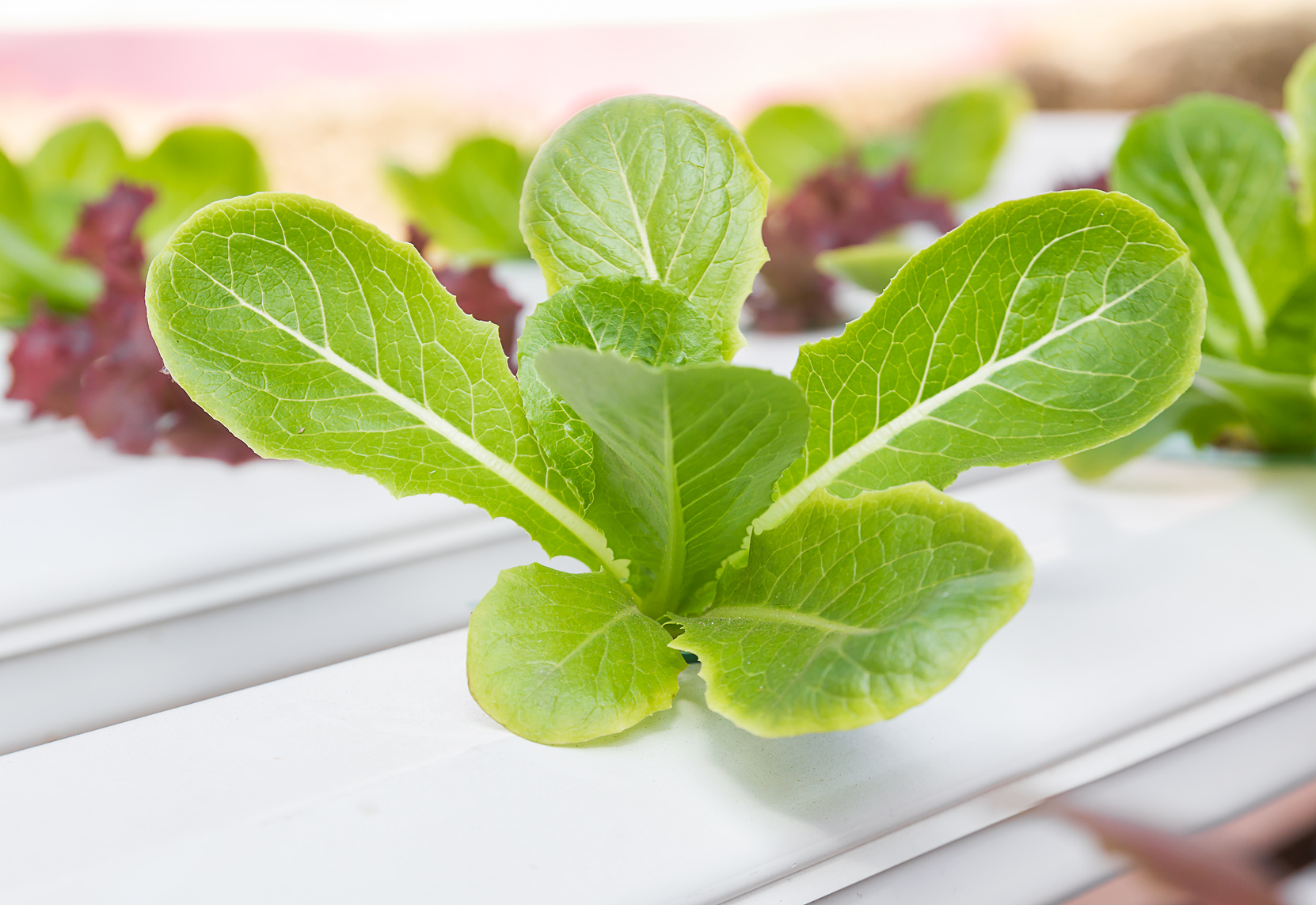Hydroponically speaking
/So I’ve written intermittently about hydroponics, and I have raised a few questions about the main claim from acolytes – that it saves water and need for soil and is thereby more eco-friendly – by asking about heating/cooling costs and the carbon footprint of LED lights, along with using synthesised minerals and vitamins, not organic matter as fertiliser. But this post will assume no lights, and maybe a small hydroponic kit (see images below of a few baby-thru-bigger hydroponic set-ups) on a sunny spot…
So what is hydroponics, well, taking its name from the Greek words for water and labour, hydroponics is a soil-free growing system that supplies plants with nutrients dissolved in water. How is this possible? Well to put it simply, the plants are grown in a nutrient rich water solution. The root system is supported using a medium such as rockwool, clay pellets, peat moss, or perlite. The biggest advantage of using hydroponics as an urban farmer in a tight spot is an increased rate of growth in your plants and less waste/mess.
This is possible through careful control of your water solution. Your water quality is important – it is key to watch the nutrients and pH levels. Too much calcium or magnesium may create unwanted problems. With too much calcium and magnesium the water becomes “hard”. If the calcium in your water is greater than 70ppm (mg/litre), you should collect rainwater or use purified water instead. Make sure not to use mineral or spring water, as these types are toxic to the plants. The pH level, which is the measure of acidy or baseness in your water, should be between the 5.5-6.5 range. Check the pH of your water by using a pH testing kit. If your water solution is too high or too low, you may have to use a pH adjuster.
The flower and leaf of the nasturtium are both edible, and have a lovely peppery kick
A lot to take in, right? It was for me too, but then so was keeping fish, so I’d opt for the same maxim: start with something hardy (a goldfish in fish parlance), maybe arugula or nasturtiums (beautiful and edible flowers and leaves).
If you’re going to be more ambitious, save yourself from the endless headaches, and use a good quality filtered water from the start. Don't underestimate the importance of the water quality you use for your hydroponic systems, it can make a big difference to the wellbeing of your plants. You want to remember to change your water solution every 2-3 weeks.
A hydroponic water solution contains all the essential nutrients that the plant normally would get from the soil. These nutrients can be purchased at a garden centres or hydroponic supply stores. Most are highly concentrated, using 2 to 4 teaspoons per gallon of water. They come in liquid or powder mixes, usually with at least two different types, one for blooming/fruiting and one for growing.
And here's what some nasturtium (and borage) flowers might look like in a salad, wow!
Checking your water temperature is also an important element to hydroponics. It will of course depend on the plant you’re growing and your location. For example, it is very hard for me in hot Singapore, where averages are around 80 degrees Fahrenheit (28 degrees Celsius). At that temperature leaves and fruit will be a bit squidgy, so more optimal is 23C (73F), which will crisp up your produce a bit better. Whatever your climate, allow the water to come to room temperature before adding it to your reservoir. Just like us, plants don’t like rapid water changes.
The required water level in hydroponics differs according to the type of system you use, which includes wick, drip, floating raft, nutrient film technique and ebb and flow. The water level will also depend on the type of growing medium you are using, and of course the plant. The type of growing medium makes a difference because some will absorb and hold moisture better than others. In any hydroponic system the goal is to keep the roots moist, but not let the stem stay wet.
Hydroponics is a learning process. Building your own system and controlling your water solution can be very rewarding or extremely frustrating. It's mostly trial and error so, be patient, research, and have fun with it! And, as always, please let us know how you get on!







